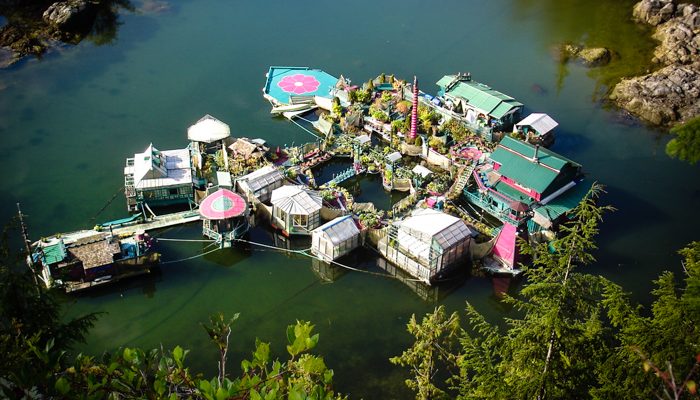This week Crosscut is running some of our best stories of the year, as
selected both by our writers and by popularity with readers. We will
resume new content next week.
selected both by our writers and by popularity with readers. We will
resume new content next week.
Is the Pacific Northwest about to be wiped out in a massive earthquake?
A New Yorker article on the region’s seismic vulnerabilities has provoked widespread interest in the subject, if not outright panic. At issue is the
Cascadia Subduction Zone, which is primed to unleash an earthquake that
may go down as America’s worst natural disaster in recorded history. From
the piece, one quote has stood out from a FEMA regional official: “Our
operating assumption is that everything west of Interstate 5 will be toast.”
A New Yorker article on the region’s seismic vulnerabilities has provoked widespread interest in the subject, if not outright panic. At issue is the
Cascadia Subduction Zone, which is primed to unleash an earthquake that
may go down as America’s worst natural disaster in recorded history. From
the piece, one quote has stood out from a FEMA regional official: “Our
operating assumption is that everything west of Interstate 5 will be toast.”
To tamp down on any misconceptions out there, Reddit hosted an expert
panel on the subject Tuesday, fielding questions on the Pacific Northwest’s impending demise in an AMA (Ask Me Anything) session. The participants
were John Vidale, director of the Pacific Northwest Seismic Network;
Debbie Goetz of Seattle’s Emergency Management Office; and Sandi
Doughton, science writer at The Seattle Times and author of Full Rip 9.0:
The Next Big Earthquake in the Pacific Northwest.
panel on the subject Tuesday, fielding questions on the Pacific Northwest’s impending demise in an AMA (Ask Me Anything) session. The participants
were John Vidale, director of the Pacific Northwest Seismic Network;
Debbie Goetz of Seattle’s Emergency Management Office; and Sandi
Doughton, science writer at The Seattle Times and author of Full Rip 9.0:
The Next Big Earthquake in the Pacific Northwest.







